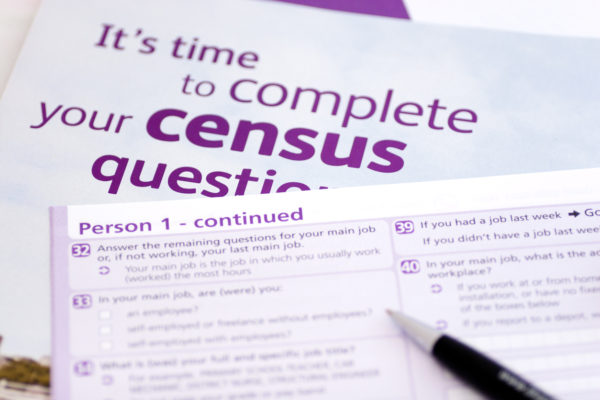Two months ago, I left my career as a statistician with the U.S. Census Bureau. I had become agitated with the agency’s proposed direction for race and ethnic measurement and felt my scholarly expertise on the matter was undervalued.
My beef with the bureau mainly involved its persistent promotion of a combined race and ethnicity question. The bureau believes that lumping all race and ethnicity categories into one question will improve data quality, particularly for Latinos and persons of Middle Eastern and North African descent. Both groups do not see themselves represented in the current separate question format.
As a demographer and former analyst with the bureau, I support the desire to achieve accurate data for these populations. But the combined question is riddled with too many ethical and methodological flaws to be considered a viable solution.
As it stands, the question conflates race and ethnicity by making both concepts co-equal and relies on a coding infrastructure that forcibly reassigns people to race groups they did not initially identify with.
A 2016 Westat study conducted for the agency found that Afro-Puerto Ricans were less likely to select the black category in a combined question. The study found that participants would have marked both Black and Latino if the question had not limited “Puerto Rico” to an example only for the Latino category.
This research confirms that some Latinos find it hard to distinguish whether the combined question is asking about race, ethnicity, nationality, or ancestry. The combined question treats these concepts as synonymous despite evidence that they are analytically distinct.
Census research also shows that the Middle Eastern and North African category reduces the number of people who identify as black or white in the combined question. But the bureau has yet to address feedback from the community that the category should be tested as an ethnicity as opposed to a race. The failure to do so ignores the fact that people of Middle Eastern and North African origin can be of any race — just like Latinos.
This is just scratching the surface. A cursory look at changes made to the race and ethnicity question in 2020 shows that elements of the combined question may have already adversely affected data reliability.
Estimates from 2020 indicate that the total number of multiracial respondents in the U.S. surged from 9 million in 2010 to 33.8 million — a 276% increase. For the Hispanic population, a 223% and 1,106% increase occurred for both the black and white Hispanic multiracial populations, respectively.
The bureau claims these changes are due to methodological “improvements” to the separate race and ethnicity questions that effectively borrowed features from the combined question. These so-called improvements, however, involve coding logics that reassign people’s responses involuntarily.
For example, those who wrote South African in the white write-in line were recoded as both black and white because the bureau considers South African to be indicative of a black place of origin, despite the fact that most South Africans in the U.S. are white. Similarly, if a person of Hispanic or Latino origin such as myself writes Panamanian under the Black category, the bureau would autocode that response as black and Some Other Race.
This is a big deal. Recoding people who identify as monoracial into a multiracial category results in undercounts and nullifies our ability to accurately assess racial disparities. Additionally, the involuntary reclassification of a race response can be interpreted as a violation of respondent self-identification.
The U.S. Census Bureau needs to take these concerns seriously. Statistical standards for race and ethnicity have been reviewed only twice during the past 50 years — which means that whatever decision is made about the combined question probably will be with us for the next several decades.
Ricardo Henrique Lowe, Jr. is a postdoctoral researcher in race and public policy in the Institute for Urban Policy Research and Analysis at The University of Texas at Austin.
A version of this op-ed appeared in The Messenger.




